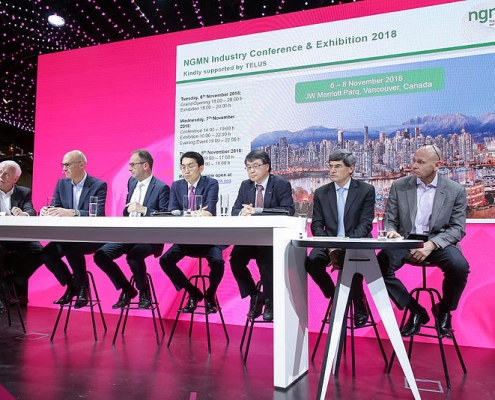 The NGMN Alliance – which drives and guides the development of all future mobile broadband technology with a focus on 5G – has published its three deliverables on 5G Extreme Requirements entitled “Operators’ views on fundamental trade-offs”, “RAN Solutions”, and “End-to-End considerations”, respectively.
The NGMN Alliance – which drives and guides the development of all future mobile broadband technology with a focus on 5G – has published its three deliverables on 5G Extreme Requirements entitled “Operators’ views on fundamental trade-offs”, “RAN Solutions”, and “End-to-End considerations”, respectively.
Compiled by the Alliance’s 5G Extreme Requirements task force, the papers aim to highlight what implications and trade-offs related to the delivery of new 5G services are relevant for mobile network operators.
Ilaria Thibault, task force lead and Principal Researcher at Vodafone commented: “We are very excited to reveal the findings of the outcome of the Extreme Requirements task force, which was to really strike at the heart of what needs to be assessed before the world embarks on advanced 5G services.
This work quantifies and analyses the coverage impact of delivering new extreme 5G services (Ultra-reliable and Low-latency – URLLC) for the radio access network with a theoretical analysis, system-level simulations, and field trials. End-to-end deployment guidelines for meeting extreme requirements at a service level are also provided. Among these guidelines, techniques such as path redundancy and new transport-layer protocols are discussed to improve end-to-end latency and reliability.
For latency-critical services, interworking between the Non-3GPP processing delays and 3GPP processing delays has been assessed.”
CEO of the NGMN Alliance Peter Meissner added: “Our task force has highlighted several key challenges that are crucial to the future of 5G connectivity and how the industry needs to adequately deal with these. Consequently, this year’s NGMN Conference & Exhibition will see us run a special session where operators are set to share results from their 5G tests, trials and first user experience. Our aim is to uncover the new use cases of 5G and how they will be leveraged in the next few years.”
